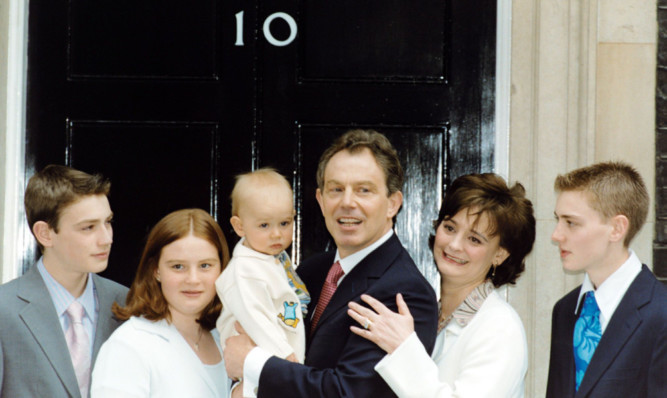
Love or loathe politics, General Elections are rarely dull.
Here are 10 memorable wins, just to prove it!
LORD SALISBURY, Conservative, 1900
A LANDMARK General Election in so many ways, this was the first time Labour had been involved, and the last Victorian election. It was the first time Winston Churchill was elected, and was called the Khaki Election because people assumed we were about to win the Boer War.
That would take a couple more years, but the Tories won the election easily, with opposition not even bothering to stand against them in 163 places!
RAMSAY MACDONALD, Labour, 1929
THE Flapper Election got its name from the 1920s ladies’ styles and tastes, all that jazz, bobbed hair and short skirts. This was the first time all females aged over 21 got to vote, and it left us with a hung parliament and another election two years down the line.
WINSTON CHURCHILL, Conservative, 1951
DUE to the vagaries of our system, Labour had won an election just 20 months earlier, with over a million votes more than the Tories, but just five more seats in the House of Commons. So they decided to have another General Election fast, but the man who had led us to Second World War victory snatched it all from them.
HAROLD WILSON, Labour, 1964
ODD things can be the difference between success and failure 1964 was an angry man attacking a poster with his walking stick. Quintin Hogg, who would become better-known as Lord Hailsham, lashed out at a poster of Harold Wilson during the campaign, and it angered a lot of folk. Harold and his pipe were swept into power.
EDWARD HEATH, Conservative, 1970
IN the trendy 70s, with a deluge of votes from 18-year-old first-time voters, Harold Wilson would, of course, lead Labour to an easy victory. That, at least, was how the media and most politicians predicted it. It never is that simple, and it was Edward Heath who led the Tories to a stunning shock win.
HAROLD WILSON, Labour, 1974
JUST think how the 2015 election has taken over the telly and they had not one but two in ’74! Wilson got power in February, but without enough seats to do as he pleased, so he called another election and won with a narrow majority in October. It would be 23 years, though, before Labour got back in again.
MARGARET THATCHER, Conservative, 1979
THE formidable Mrs T became Britain’s first and so far only female Prime Minister, and it wouldn’t be a quiet, demure debut. The Iron Lady turned the country upside-down and inside-out, won many admirers and enemies, too. If many loved her here, it was similar abroad, where both American leaders and Russian ones looked at her in awe!
JOHN MAJOR, Conservative, 1992
HOW could the Tories follow up Margaret Thatcher’s three incredible terms? Simple John Major led them to the largest-ever number of votes as he went back to No 10, Downing Street, well over 14 million Brits voting for him! It was an astounding result, and impossible to imagine then that Tony Blair would come along and do likewise for Labour.
TONY BLAIR, Labour, 2001
HAVING lost just five seats over his previous win, Blair swept back to power with a so-called Quiet Landslide. The next four years would make him the first Labour leader to serve two consecutive full terms.
TONY BLAIR, Labour, 2005
HE’D become Labour’s longest-serving PM of all time with this record-breaking third win in a row, but things would end sourly. His first victory, in 1997, was by an astonishing landslide, but now the winning margin was far slimmer. His decision to go to war, against Iraq, drew criticism, and the outpouring of love in ’97 was a fading memory.

Enjoy the convenience of having The Sunday Post delivered as a digital ePaper straight to your smartphone, tablet or computer.
Subscribe for only £5.49 a month and enjoy all the benefits of the printed paper as a digital replica.
Subscribe